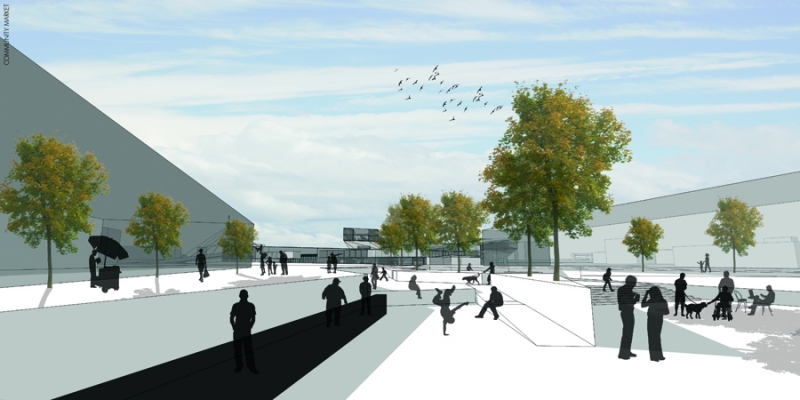Reintegrative Architecture
|
Student: Aaron Gardiner
The intentions of a prison are not always compared on the same pedestrian level as the rest of the surrounding community, however there still exists a relationship between both entities. It is nearly impossible to understand this relationship fully, but accepting its existence allows an opportunity to rethink existing conditions and apply new concepts. Architecture has the ability to directly affect not only the inhabitants but the corresponding context. Inevitably the life of a prisoner is directly impacted by the prison building- the architecture in and of itself has the potential to create a lasting affect towards positive change. The prison will continually create an impact on our society, and has been doing so since the beginning of the eighteenth century. A convict’s sentence allows for a quantitative penalty in which time is the vehicle of repayment. But does time express repayment to society, or does the prison system have the potential to alter qualitative attributes as well? Can and should a prison be thought of in such a way that it not only affects the prisoner lives, but also is able to support surrounding communities? It is inevitable that the manifestation of a prison system in any area will affect the community. Architectural design should motivate a prison to be the subject for unifying the fabric of a community. Through design, critical thinking, and implementation, prison architecture should attempt to reintegrate all of the existing detrimental conditions. The writings of Michel Foucault in ‘discipline and punish’ put forth seven universal maxims of good “penitentiary condition.” These, along with architectural concepts of functional inhabitation, set forth a basis for design criteria in an attempt to transform and rehabilitate prisoner’s lives, attitudes and responses. Through this transformation, not only will the prisoner benefit, but the immediate response to an existing area will create a social reaction. The implementation of a prison into an existing community is the basis for this project, and will seek ways in which the facility should transform into an asset for the community. This study is meant to seek out possible solutions towards a better acceptance of a prison building, one which is not isolated and self contained, but involved and supportive of the world in which the inmate has affected. Course: Arch5100/5200 Thesis Studio |














